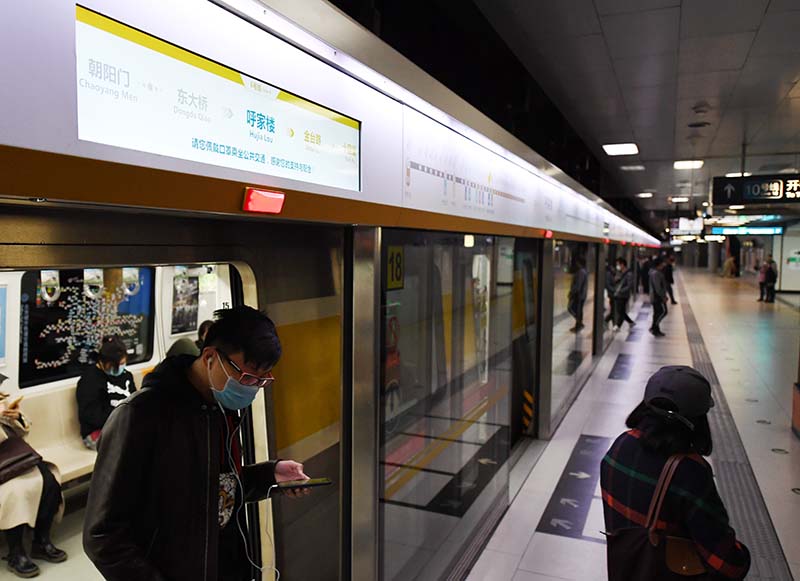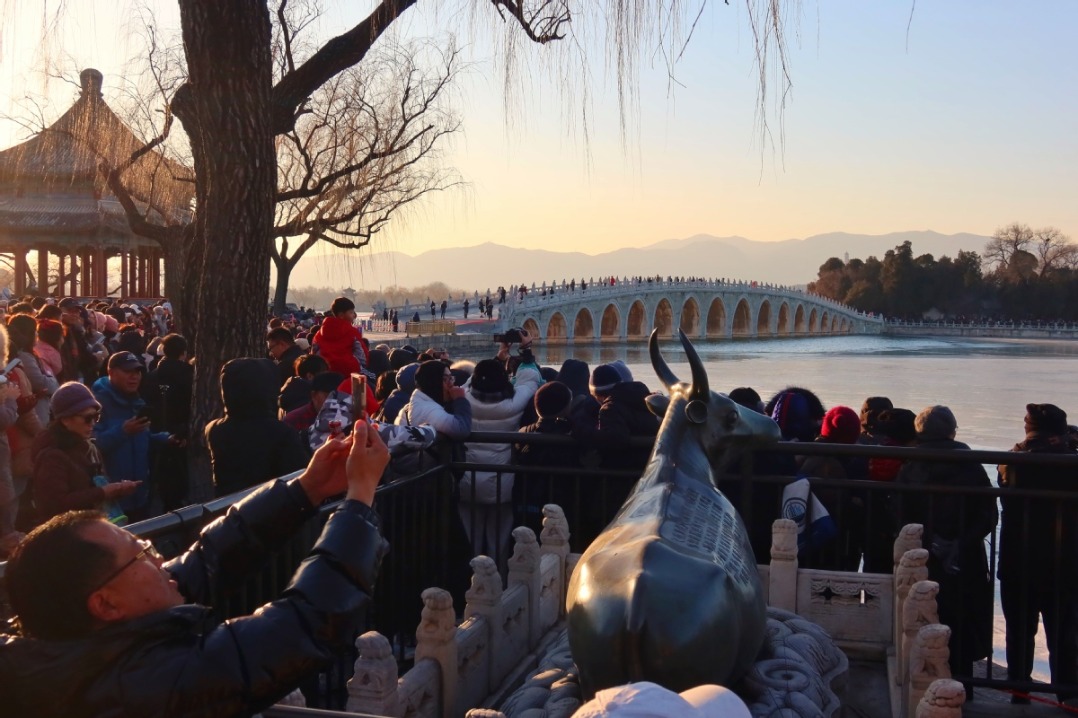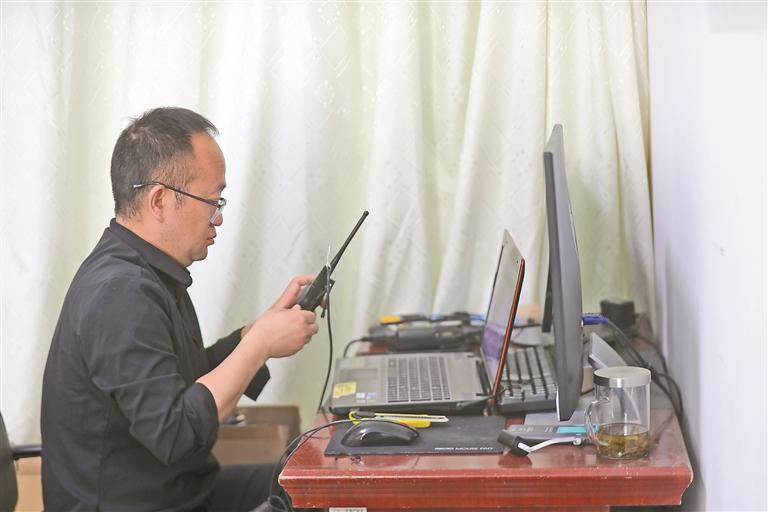Beijing subway stations standardize English translations


Beijing has adopted a new set of English translation methods for the capital's rail transit stations, Beijing Daily reported.
The English translations have been used in the new Beijing rail transit lines map released in late 2020, and will gradually be put into use for the whole subway network, according to the municipal transport commission.
The general rule for the translations is in compliance with the relevant translation regulations and rules, simple and straightforward, giving consideration to both geographic information and cultural implications, and dedicated to serving foreign passengers.
Based on the general rule, English translation of subway station names that uses pinyin should comply with the scheme for the Chinese phonetic alphabet and basic rules of the Chinese phonetic alphabet orthography. The initials of each unit of spelling should be capitalized and the remaining letters lowercased, and the spelling units should be spaced according to that of pinyin. For example, "宣武门" should be translated to Xuanwu Men ("Men" in Chinese means gate here) and "蒲黄榆" translated to Puhuangyu.

Stations that are named after places of historic interest and scenic beauty and those with English names that are conventional, long used and generally acknowledged at home and abroad will keep the original English translations instead of pinyin. The English names for "颐和园" and "国家图书馆" stations, for instance, will remain Summer Palace and National Library.
For stations whose name ends with a word signifying directions, such as south, north, east and west, the direction information should be marked with the correspondent English abbreviation. For example, the translation of "角门西" and "北海北" should be Jiaomen Xi (W) and Beihai Bei (N).
The new translation rules are more in tune with universal reading habits and further improve the level of standardized English translation of the city's subway station names, said the municipal transport commission. Different English translations for a same station may exist over a period of time as the replacement of the signs will be carried out gradually and orderly, the commission added.
- Shanxi ends province-wide blanket fireworks ban
- Audit: China fixes bulk of fiscal problems tied to 2024 budget
- China reports major gains in circular economy
- Chinese lawmakers review draft revision to banking supervision and regulation law
- Top legislature to study draft laws on environment, ethnic unity, national development planning
- Administrative organs must secure people's interests: senior judge





































